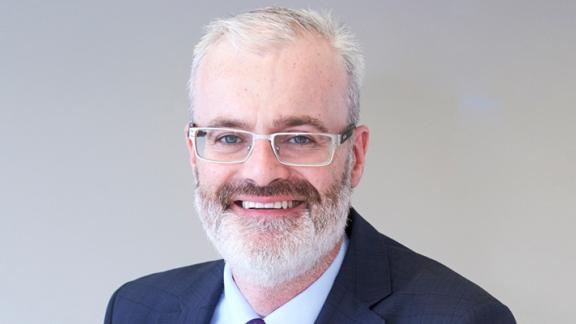Is integration everyone’s problem but no one’s responsibility?

Over the last few months – hosted at different times by Downing Street, the Department for Health and Social Care (DHSC) and NHS England (NHSE) – there have been many discussions about the planned integration white paper. One message coming strongly through these discussions is the Prime Minister’s personal commitment to strengthening integration, along with his preference for accountability to rest in the hands of a single named person.
In the conversations I have attended, most attendees – from health, local government and beyond – have supported the intent of reform but also cautioned against believing that a top-down restructure offers a silver bullet. So, when a story appeared in the HSJ last Thursday outlining that integrated care systems nationwide could be forced to pool their budgets with councils, there was understandable concern.
Are ICSs to have their budgets cannibalised and their authority devolved even before many of them are up and running?
The HSJ piece relays some of the key arguments of the case against a full-scale merger of health and social care at place level. Such a reorganisation would not only cut across, but arguably undermine, the main provisions of the health and care bill currently going through parliament.
What of integration?
Are ICSs to have their budgets cannibalised and their authority devolved even before many of them are up and running? How can health and social care budgets be mandatorily pooled without the ring fencing of a large part of local government spending? Crucially, how would one prevent local government cuts to social care funding on the assumption that the local health system (which councils see as much better funded) will have no choice but to pick up the tab?
Yet, despite good practice in many parts of the country (Walsall Together and West Yorkshire being among the examples), many systems feel far from fully joined up.
Too often integration – both in the health service and between health and social care – is everyone’s problem but no one’s responsibility. It’s also worth saying that few of the conversations in which I’ve been involved suggest an appetite in Downing Street for a full-scale merger of health and social care.
Ultimately, for integration to work we have to address a set of operational issues that will make a real difference on the ground. These include creating integrated care records across NHS and care services, more integrated health and care workforce planning, and also critical questions on how we improve the pathways in and out of different forms of care – for example, strengthening the role that care homes can play in rehabilitation.
It is always easier to criticise than to propose, but these five steps might be part of a solution.
But nevertheless, these factors won’t address the Prime Minister’s apparent determination to make integration the explicit responsibility of one leader in every place. So, is there a way within the framework of the heath and care bill to meet the Prime Minister’s desire without disrupting the current direction of travel?
Part of the solution
It is always easier to criticise than to propose, but these five steps might be part of a solution which does not significantly cut across either the bill or the scope for local flexibility:
- Work with systems and local government to support the development of a smart set of integration metrics (perhaps based on those Carnall Farrar developed for IPPR). There is a good case against any set being nationally fixed, with individual systems having flexibility to agree their own specific metrics. However, those agreed should become part of how the CQC assesses performance.
- Require ICSs to indicate who is the person responsible for ensuring progress on these measures. In smaller ICSs, particularly those co-terminus with high tier local authorities, this would be the chair of the ICP. While in most ICSs, the responsibility would be delegated to the chairs of local place bodies (essentially mini-ICPs). The chair of the Place body would be chosen locally and would not have to come from any particular part of the system.
- The designated integration lead would be given the authority to bring together the key integration parties (represented on the ICP or place body) and to develop local integration strategies.
- The designated integration leads would be able to look up the chain of command to help resolve local obstacles to integration. So, places could ask for an intervention from ICPs, while ICPs could refer up to NHS Regions or the Department of Levelling Up, Housing and Communities. DHSC/NHSE and DLUHC should create a team (or maybe ask NHS Confederation and the LGA to) with the mandate and skills to support systems/places where collaboration is not progressing as it needs to.
- Linked to the first point, though this may be controversial to some, the assessment of health and care providers should reflect not only their direct performance but the functioning of the system of which they are a part, too. The regulatory framework will have important implications for what organisations choose to prioritise and the Confederation looks forward to working closely with the CQC and others to help ensure system performance is prominent within this.
While we wait to hear what the white paper will include, I’ll be engaging further with our members to explore these ideas. Of course, all policies have dangers and downsides. But with a set of measures like those listed above the Prime Minister could claim to have turbo-charged local integration while not undermining the widely supported framework enacted by the health and care bill.
Matthew Taylor is chief executive of the NHS Confederation. You can follow Matthew on Twitter @FRSAMatthew
This blog was first published in the HSJ.


